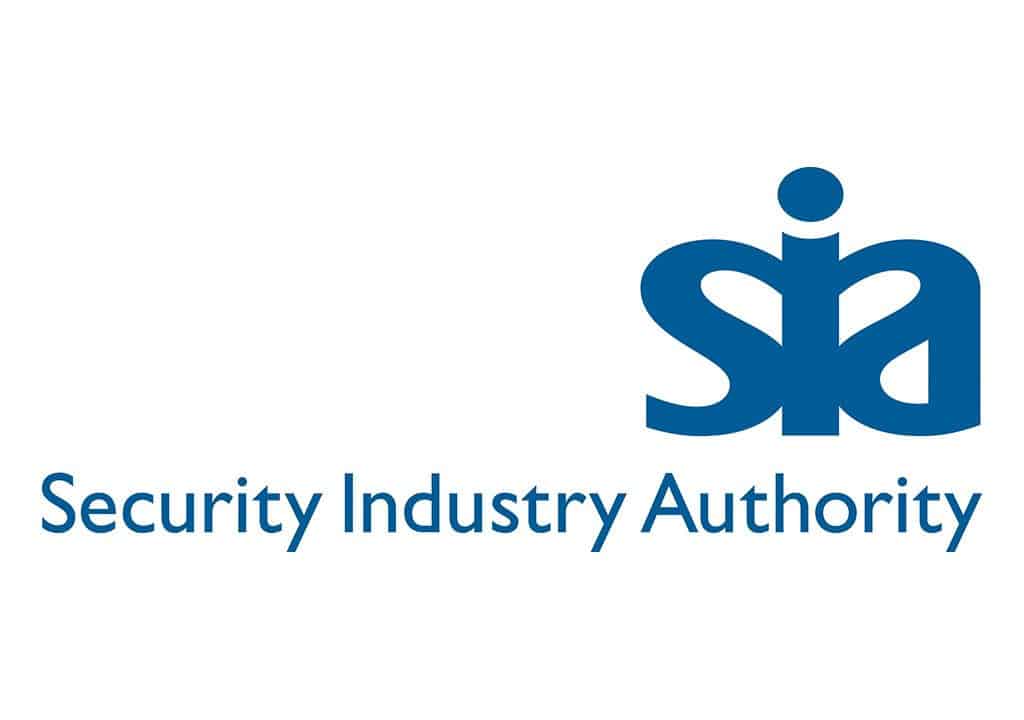The Security Industry Authority (SIA) is making changes to the training people need to take before they can get a front line SIA licence. From 1 April 2021 SIA will introduce updated qualifications for all sectors except close protection and vehicle immobilisation, and applicants must have a first aid qualification before they can take the training required for a door supervisor or security guard licence. From 1 April 2022, SIA will introduce updated close protection qualifications and applicants must have one of the new qualifications or take top-up training before they can apply for a door supervisor and security guard licence – this includes renewals.
According to the SIA, it is making these changes to make sure that people working in the private security industry can keep the public safe, follow new working practices, understand recent changes to the law and make the best use of new technology.
The SIA already expect applicants for a close protection licence to complete a first aid qualification before taking their licence-linked training. From 1 April 2021, it will also expect applicants for a door supervisor or security guard licence to do the same. Applicants will need to do this if either they are applying for a licence for the first time or it has been longer than three years since they last held a licence for that activity.
From 1 October 2021, people will also need to do this if they are renewing their licence. The qualification must be an Emergency First Aid at Work qualification or equivalent. The SIA will accept other qualifications that comply with the relevant guidance from the Health and Safety Executive, such as, First Aid at Work (FAW), First Person on Scene (FPOS) and First Response Emergency Care (FREC).
From 1 October 2021, people must have either one of the new qualifications introduced on 1 April or one of the older licence-linked qualifications and a ‘top-up’ qualification before they can apply for a door supervisor or security guard licence. This applies to any applications submitted on or after 1 October, including renewals. If someone submits their application before this date, they will not need take additional training.
Further changes have seen the SIA move training that is critical for all sectors to the ‘common unit’ which is taken by all security operatives. This includes new training on terror threat awareness and dealing with emergencies. There is also new sector-specific content. For example, the close protection course includes new material on physical intervention, the door supervision course includes new material on the use of equipment such as body worn video recorders and breathalysers, the public space surveillance (CCTV) course includes new material on CCTV operational procedures and the law and the security guarding course includes new material covering personal safety.
Finally, the SIA has increased the number of practical elements in the training to help learners reinforce their knowledge. The practical assessments include searching, dealing with conflict, report/statement writing and using communications devices.
www.gov.uk/government/organisations/security-industry-authority





